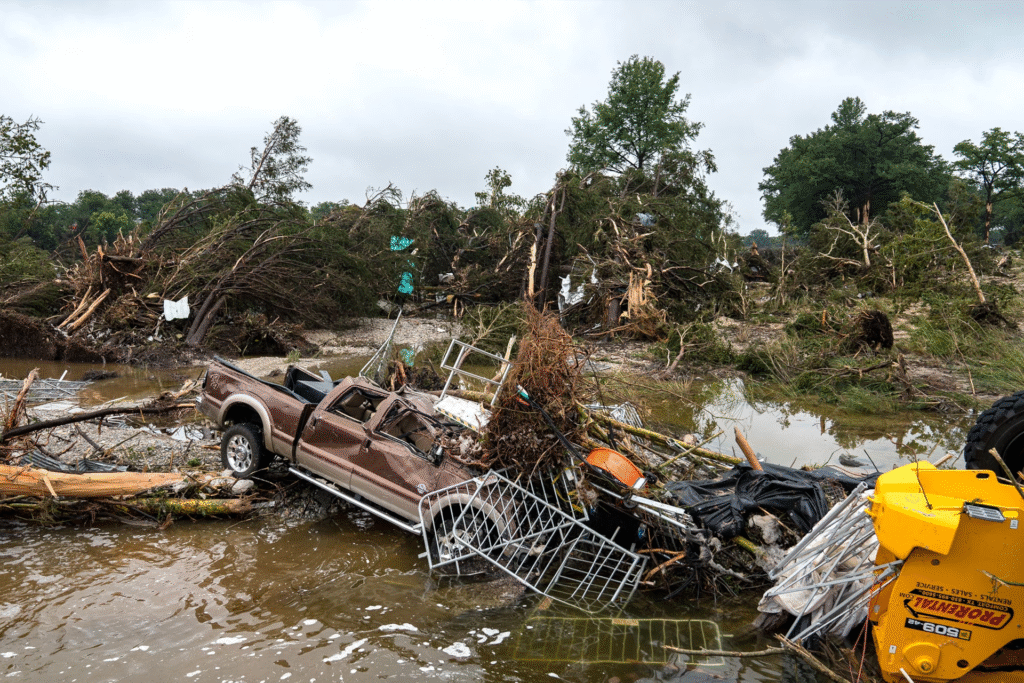Weather forecasts had been clear since the previous Thursday, warning of catastrophic flooding potential. The National Weather Service issued a flash flood watch, followed by an emergency warning as the storm intensified. These alerts, typically relayed through multiple channels including television, radio, and mobile devices, are meant to ensure broad reach. In this case, the absence of a WEA message meant that many individuals, particularly those outdoors or away from traditional media, missed the urgency of the situation.
Campers, often relying on mobile devices for updates in remote areas, were particularly vulnerable. The lack of a direct alert to their phones meant they had little chance to react to the rapidly deteriorating conditions. This gap in communication underscores the importance of leveraging technology to bridge the divide between forecasting and public action, especially in areas prone to sudden natural disasters.
The Role of the Wireless Emergency Alert System
The WEA system is a cornerstone of modern emergency communication, allowing authorities to send geo-targeted alerts to mobile devices within a specific area. Unlike traditional text messages, these alerts bypass the need for opt-in subscriptions and can reach anyone with a compatible device in the affected zone. In a flash flood scenario, where minutes can mean the difference between safety and tragedy, the system’s immediacy is critical.
FEMA records confirm that Kerr County was authorized to use WEA for this event, yet no alert was issued. The reasons remain unclear—whether due to logistical oversight, miscommunication, or a lack of training among local officials. This incident highlights a broader challenge: ensuring that local jurisdictions are equipped and prepared to utilize federal tools effectively during crises.
Human and Systemic Costs
The consequences of the missed alert were stark. Floodwaters surged through Kerr County, catching campers and residents off guard. Emergency services were stretched thin, responding to stranded individuals and flooded properties. The absence of a timely warning likely exacerbated the chaos, as people were unprepared for the scale of the disaster. While exact casualty figures and damage estimates are still being assessed, the event has sparked outrage among locals who question why the system failed them.
This incident also raises broader concerns about the reliability of emergency communication systems. If a tool as powerful as WEA can go unused in a predictable disaster, what does this mean for future crises? The gap between available technology and its real-world application reveals a need for better training, clearer protocols, and improved coordination between federal, state, and local agencies.
Bridging the Gap for Future Safety
The Kerr County flood serves as a sobering reminder of the stakes involved in emergency preparedness. While forecasting technology has advanced significantly, its effectiveness hinges on reaching the public in time. The WEA system, when used correctly, can save lives by delivering clear, urgent instructions to those in harm’s way. However, its success depends on local officials’ ability to act swiftly and decisively.
To prevent similar failures, experts suggest several steps. First, enhanced training for local emergency managers could ensure familiarity with WEA protocols. Second, automated triggers for alerts, based on specific weather thresholds, could reduce reliance on human decision-making under pressure. Finally, public awareness campaigns could educate communities about the importance of heeding alerts and preparing for sudden disasters, particularly in flood-prone regions like Texas.
A Call for Accountability
The Kerr County incident has prompted calls for a thorough investigation into why the WEA system was not activated. Residents and advocacy groups are pressing for answers, seeking to understand the chain of decisions that led to the oversight. Was it a lack of resources, a communication breakdown, or a failure to prioritize the alert system? These questions demand transparent responses to restore public trust and ensure that future warnings reach those who need them most.
As Texas recovers from the flood’s impact, the focus must shift to learning from this failure. Technology alone is not enough—human readiness and systemic coordination are equally vital. The next Friday’s forecast may bring clear skies, but the lessons of Kerr County will linger, urging a recommitment to protecting communities through timely, effective communication.
